The Royal Navy has recently received new Banshee drones.
These jet-powered drones are capable of flying up to 400mph and mark a significant advancement as the Royal Navy expands its use of remotely-piloted air systems (RPAS).
The Banshee Jet 80+ is the latest addition to the Navy’s arsenal and was developed by defence company QinetiQ. With the capability to simulate threatening aircraft.
These drones were first trialled on the aircraft carrier HMS Prince Of Wales in 2021.
To prepare for the integration of this new technology, a new flight has been established at 700X Naval Air Squadron (NAS), based at Royal Naval Air Station Culdrose. The team is tasked with learning how to maintain and safely operate their own fleet of drones.
Lieutenant Commander Martin Howard, the commanding officer of 700X NAS, said in a press release:
“We have already established the use of RPAS on Royal Navy ships on deployment, but the introduction of Banshee signals a revolutionary step forward in terms of technology.”
Originally developed for use as targets to simulate incoming missiles, Lt Cdr Howard said:
“An important point to make is that we are not weaponising these systems. Instead this will be a vehicle that will allow the navy to test different types of sensors. The most important thing for me is that people are at the heart of this enterprise. In 700X NAS we are building the skills and knowledge of this technology which is key as we move forward.”
The Banshee drones are 10 by 8 feet (approx. 3m x 2.5m) in size and can fly in excess of 400mph with a range of more than 60 miles.


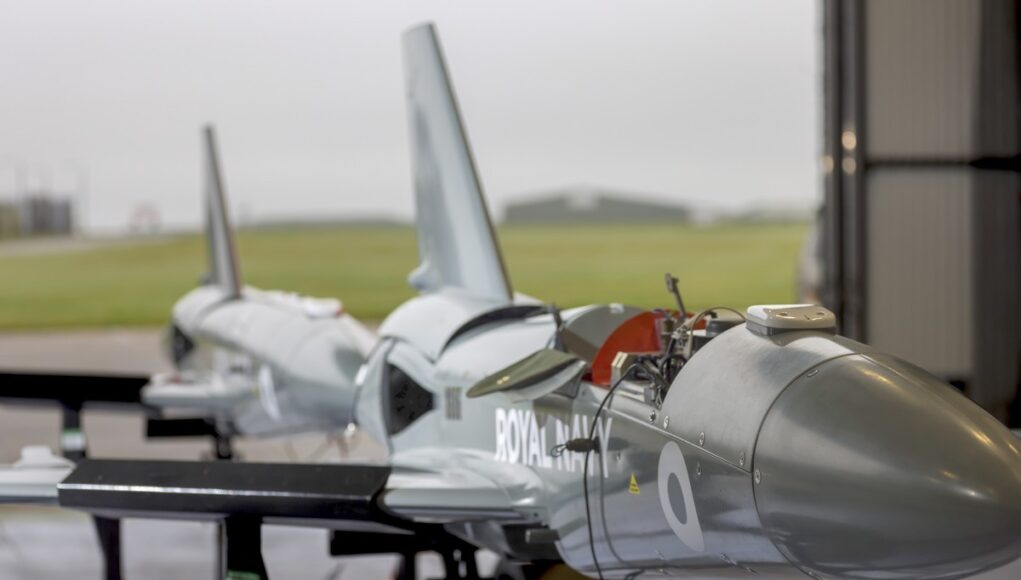


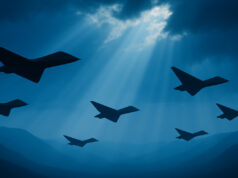
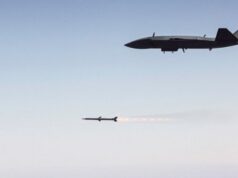
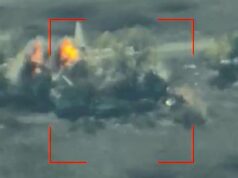
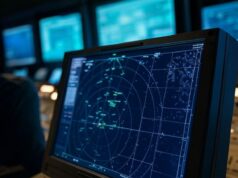
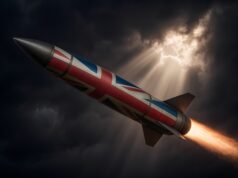
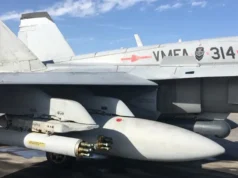

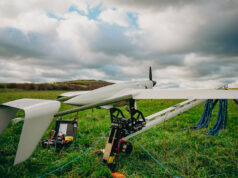

Small but capable enough to allow the RN to develop the skills to operate and maintain drones. This of course includes the complex task of mission planning and operator training, all of which is valid for future systems. So although this particular platform may not be the most whiz and bang piece of kit ever deployed by the RN it is a very good first step and it is apparently capable of carrying sensors which means that it should be possible to simulate combat missions of varying types.
The speed of these things is I think a key feature as 400knots isn’t too shamby for such a small vehicle which would be a good test for operators within a training regime. However, its range of 60miles means it is not a frontline combat platform by any stretch, but I think the RN is taking a sensible approach to developing a drone capability for its carriers.
More good news for the RN. Hopefully HMS Prince of Wales will return to the fleet soon so that 700X sqn can get on with its as sea trials programme.
Cheers CR
Yes this is good news. The knowledge gained from operating these will feed in nicely to other drone aircraft. Experience is key to developing capabilities.
As a simulator of a modern attack aircraft or a supersonic ASM this is too slow. However it has some utility in other areas….
It can carry Rattler to simulate a supersonic ASM launch from an aircraft.
QinetiQ Brings to Market the Air-Launched “Rattler” UAV Supersonic Target
Drones firing Drones…whatever next…
Yes I can see the RN building its competence on drones with this type of system but also the RN feeding development requirements into QinetiQ …. extended range, high power cameras and sensors, skids/under carriage, enhanced navigation systems and maybe even hardpoints for weapons or stores to evolve the Banshee range. Maybe even a kamikaze version ala Shahed?
Talkkng of drones they have put up the video of the Russian/US drone intercept/strike.
https://uk.yahoo.com/news/ukraine-blog-flying-drones-near-073545171.html
It’s a bit bonkers those Russia pilots actually flying into the drone. Have they never seen the possible outcome of two aircraft in a collision….utterly insane.
Given how little flying hours Russian pilots get in comparison to NATO forces it’s more likely incompetence on their part.
As we’ve learned in this war, incompetence appears to be the defining characteristic of all Russian forces 😏
It was clearly NOT an accident, but a deliberate and provocative act. But, having said this, it does also highlight the limitations of the Reaper, which is basically a sitting duck. And, costing about a third of the price of a Typhoon it’s not exactly ‘disposable’ either.
Yeah, $30m a pop is around the cost of 1 x unit price of the SU27 apparently.
https://jets.fandom.com/wiki/Sukhoi_Su-27_Flanker
“Originally developed for use as targets to simulate incoming missiles”.
But most of our peer adversaries have missiles that fly at supersonic/hypersonic speeds, so is this enough to realistically test the RN’s defences?
Banshees are not the only target drones used by the RN. In the context of what the RN want the aircraft to do. Then yes, it is a good decision, as speed isn’t everything. Banshees are notoriously difficult to detect when they aren’t fitted with a radar cross section enhancer. They also have a very low IR signature and normally fly with either operating flares or use an IR lamp to enhance their signature. So can mimic stealthy aircraft/missiles. Which means a ship’s crew has to be on its game to detect it.
Secondly, the Banshee is used as the mother aircraft for launching the supersonic Rattler (Qinetiq) target drone. The Rattler is again small, so has a very low RCS. It can be programmed to fly many flight profiles from sea skimming to ballistic. It can reach speeds up to Mach 2.5.
The only disadvantage at this stage with the Banshee is that it has no landing gear. So can’t be recovered like a normal aircraft. Instead it deploys a non-steering parachute for landing. Which means where it lands depends on the weather.
For what the RN intends, Banshee is the first logical step for operating fixed wing UAVs from ships. It’s a good plan if they want to operate something like the Boeing MQ25 Stingray from a carrier in the future.
I wonder if parafoil steering tech like on the Stork STM heavy lift drone could be adapted.
Didnt realise they were so small:
https://i.postimg.cc/DwzJfZw1/FRPUW-20230221-XV0038-080-jpg-i-Cexq-Jf-RMc-JHa-Nj-YBMA-Nc-b-Gz-Qr-No.jpg
As a total layman with no service experience. What a good looking neat little aircraft this is, very clean lines.